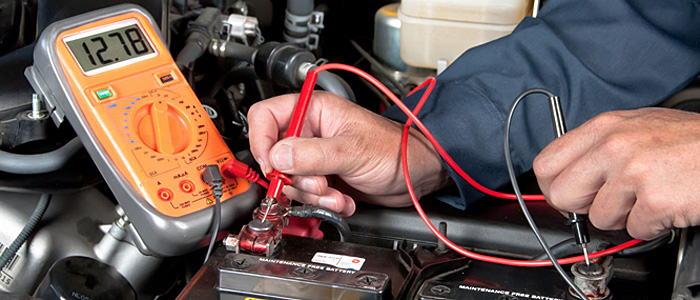The ignition coil is a crucial component of the car. It converts battery power to a few volts up to 25 kV, which is necessary to create a spark that ignites the fuel. The optimum functionality of the ignition coil depends on several factors. You can extend the life of the coil to 80,000 km by following some tips. Read this article to learn more about how to extend the service life of the ignition coil.
The battery should be well charged.
Be sure to charge the battery optimally. If it is below the optimum level, it is unlikely that the workload on the coil will create enough spark to ignite the fuel.
Check for oil leaks
Check for sealant damage. This condition can lead to oil leakage. Often, the oil damages the insulation of the cables and exposes them. This causes sparks and resets the ignition coil.

Avoid moisture formation.
Look for gaps in which there is an ignition coil. Be sure to seal these cracks with glue. This prevents moisture from entering the system.
Avoid engine overheating.
In summer the weather is warm, and you can get into the car with air conditioning turned on. The operation of the air conditioner creates excessive workload in the engine. The engine component is heating up more and more. If the heat does not come out of the engine, it may cause excessive heat. This heat can reduce the durability of the ignition coil.
Limiting vibrations
Sometimes you can hear an unusual noise. Such noise is a sign of damage to the part from which it emanates. If the sound becomes frequent, it damages the body. It can also lead to a short circuit in the coil and, ultimately, to a malfunction.
Spark Plug Service
Over time, the spark plugs wear out due to the workload. Replace the spark plugs as recommended by the manufacturer. When replacing spark plugs, make sure that there is no moisture, dust, and debris on the cylinder head threads and spark plugs. Be sure to follow the coil maintenance as recommended by the manufacturer.
Proper maintenance of engine parts.
It is vital that you properly care for engine parts. To do this, you need to use the engine oil of the correct brand and proper fuel. You should also replace the air filters, fuel injection pump, spark plugs and use the right level of coolant (it should be between “high” and “low”).
Be sure to replace the belts (when the pulleys are moving) in the engine (replace them with 80,000 km) and check the car with experienced specialists. Also, for optimal fuel economy, inflate tires to the pressure recommended by the manufacturer.


